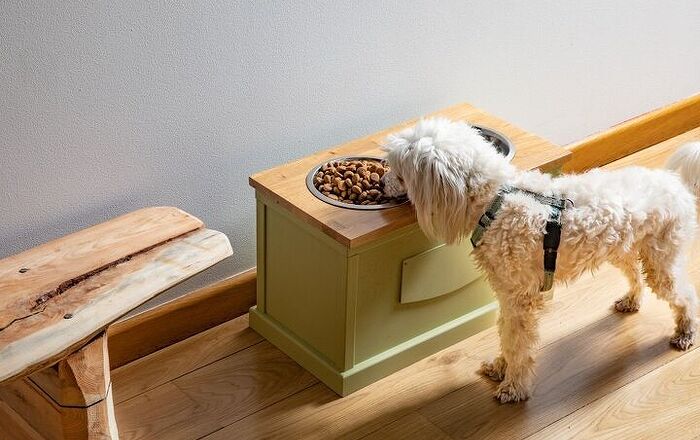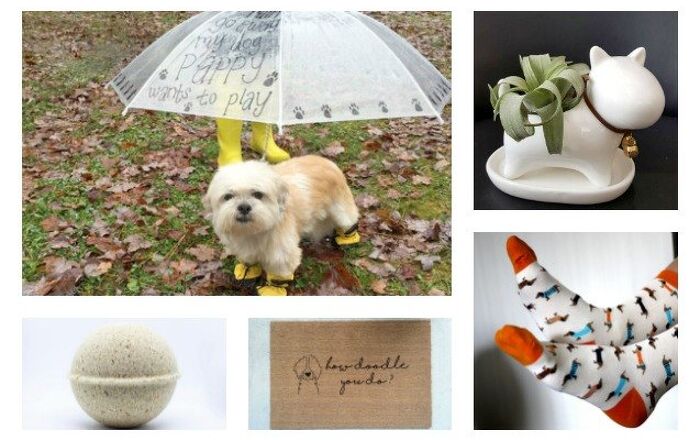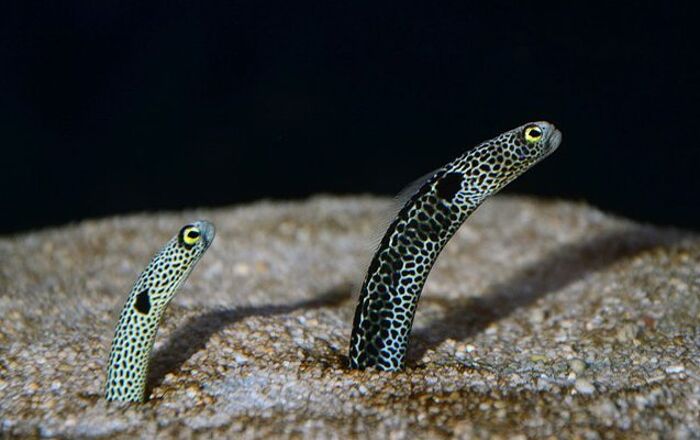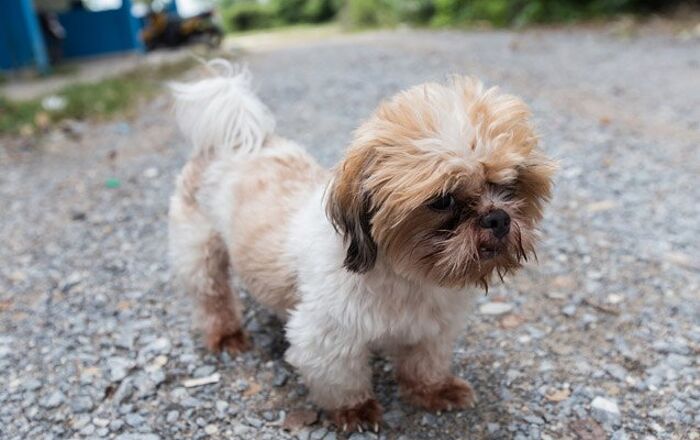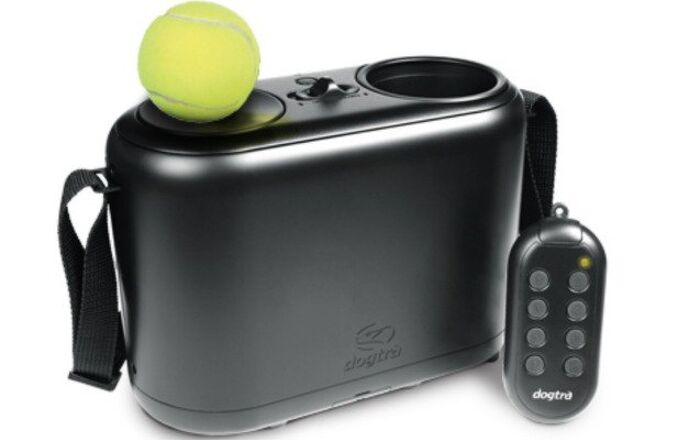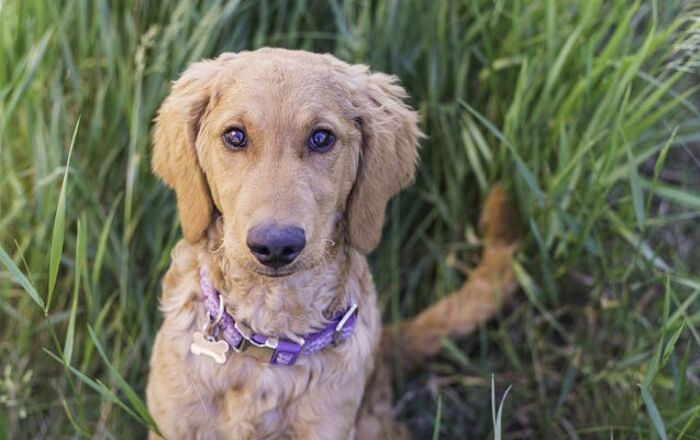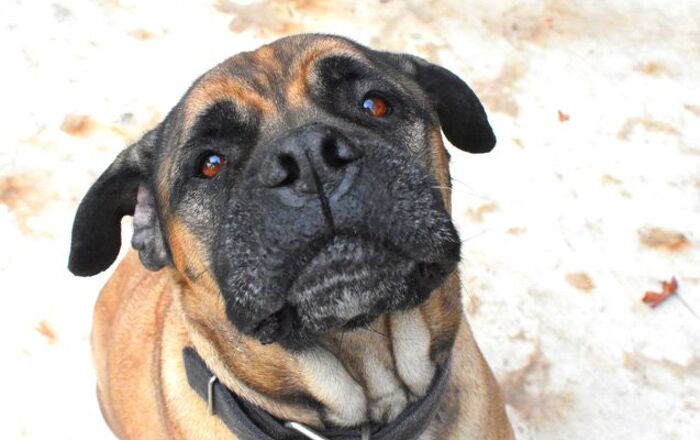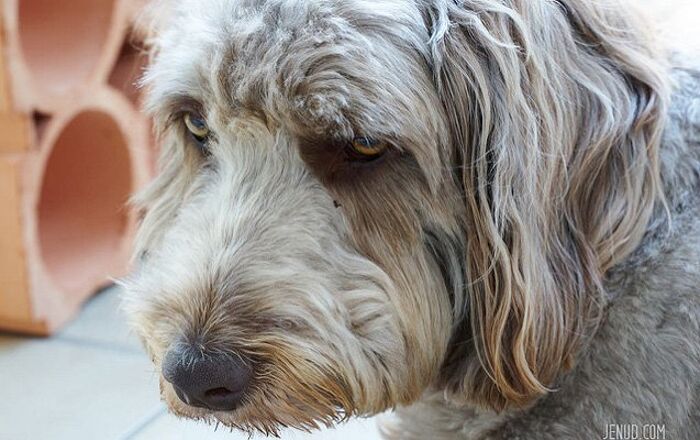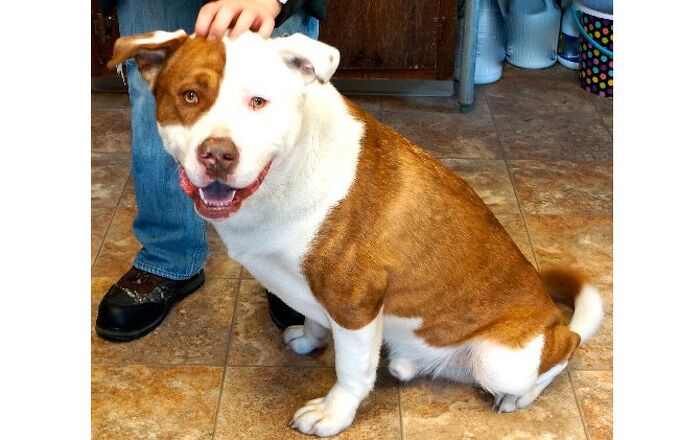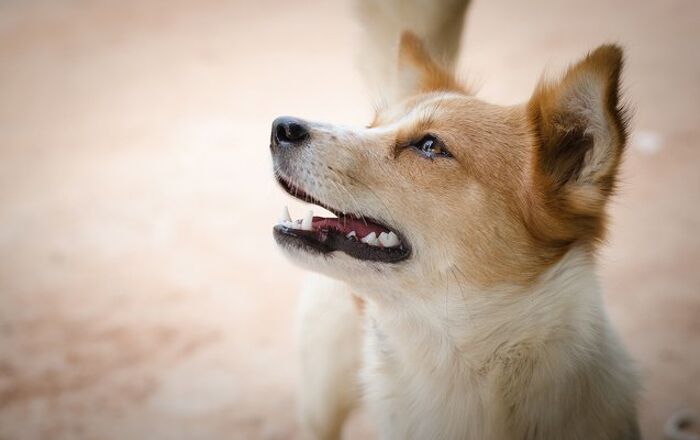
How much food should I be giving my dog? Here’s what you need to know about dog feeding guidelines before you ring the dinner bell.
While it might seem like you can trust the feeding guidelines on the back of your dog’s food packaging, this isn’t necessarily the case. The recommended feeding amount can vary wildly from one brand of dog food to the next, so it’s hard to know who to trust. Besides, there is no one-size-fits-all approach to feeding canines: the amount of food your pooch needs will depend on factors such as his age, weight and activity level.
Related:How is Commercial Dog Food Regulated?
So, How MuchShouldYou Be Feeding Your Dog?
In order to determine how much you should be feeding your dog, you need to know his current weigh and the ideal weight for his breed or type. Smaller dogs need more calories per pound than larger dogs, so as a general rule of thumb, small to medium dogs should be fed 1 ½ cups of food per 20 pounds of body weight and large to extra-large dogs should be fed around 1 cup of food per 20 to 25 pounds of body weight. Of course, the exact amount will vary depending on your dog and the nutritional content of the food. If your dog is over his ideal weight, he should be fed slightly less than this amount, whereas if he’s under his ideal weight, he should be fed slightly more. The same goes for exercise; if he’s very active, feed him a bit more, but if he’s fairly inactive, he’ll require less food. If you feel unsure about how much you should be feeding your canine companion, it’s a good idea to consult your vet.
Related:Do I Have A Fat Dog? How To Tell If Your Dog Is Overweight
Monitoring Your Dog’s Progress
The only real way to know if you’re feeding your dog the right amount is to keep an eye on his weight. Try to weigh him each month for a few months, so you can see if he’s staying on track. If he’s maintaining his weight (or losing/gaining weight, if that’s what you’re aiming for), you know you’re feeding him the right amount and you can keep up the good work. If his weight is heading in the wrong direction, you can easily adjust the amount you’re feeding him. To keep things as accurate as possible, make sure you always measure out your dog’s dinner.
What Should You Be Feeding Your Dog?
Not only should you be feeding your dog the right amount of food, you should make sure you’re offering him a high quality food. There aren’t many strict regulations as to what can and can’t be put in dog food (only that the ingredients have to be “generally recognized as safe”) so some brands are far better than others. Low quality foods often contain too many fillers and additives, plus too much salt and sugar, meaning they can be detrimental to your dog’s health. What’s more, since they have an inferior nutritional profile, you may need to feed your dog more of the product, making it more costly than a better quality food in the long run.
